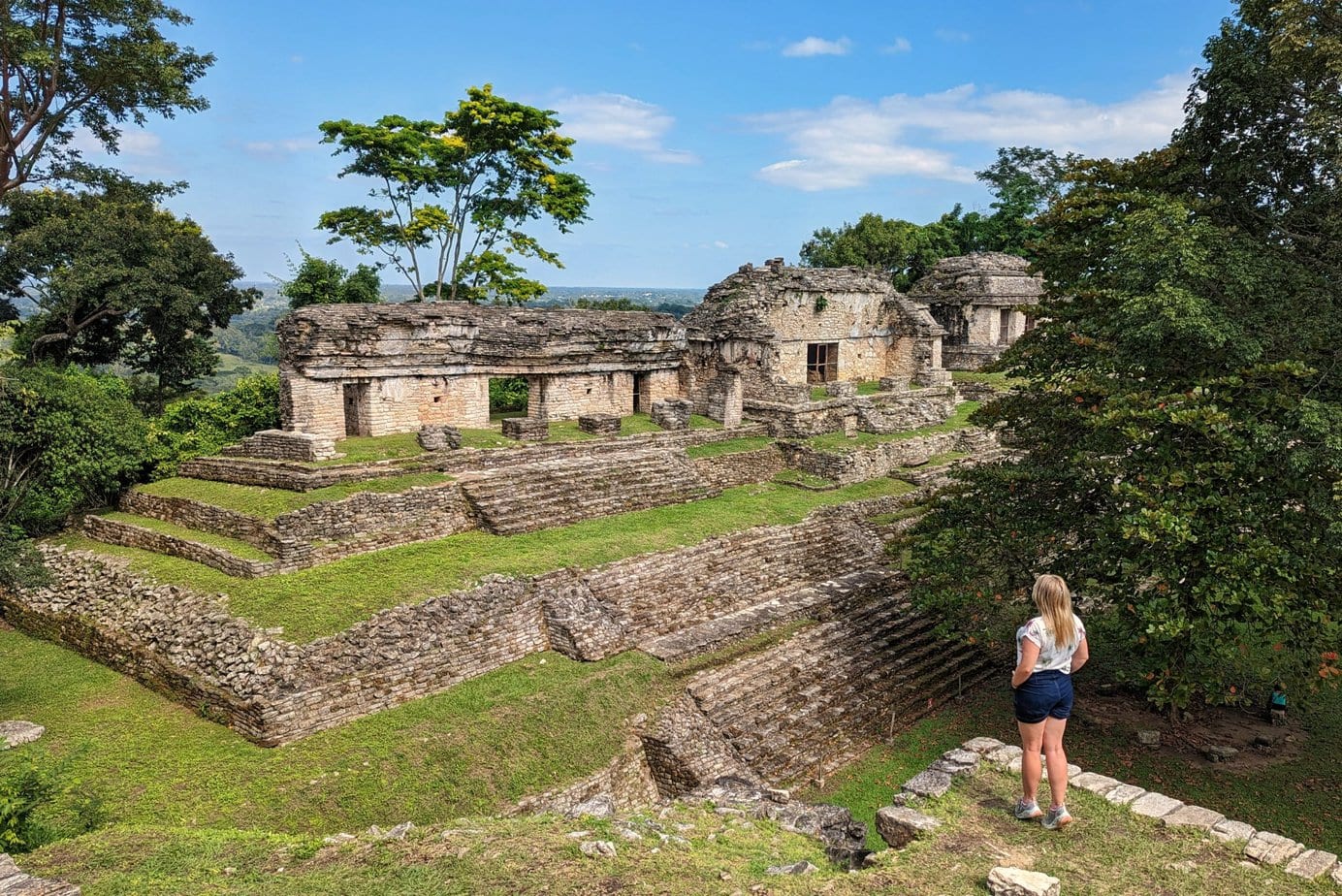Some posts on this site contain affiliate links. If you book or buy something through these links, I earn a small commission (at no extra cost to you). Take a look at my privacy policy for more information.

Let’s be honest – who doesn’t love a good meme about Britain’s colonial past? I know I do! While we can find humour in it, it’s also a reminder of the complex and often painful history woven into our world’s greatest artefacts.
As someone with a serious travel bug and a passion for ancient history, I’ve found there’s no better way to connect with the past than by visiting the origin places of these treasures rather than simply ogling them through museum glass.
The British Museum is an incredible place to see ancient artefacts, but have you ever wondered about the stories behind their arrival in London? Turns out, many of them were taken from other countries during the era of British colonialism, and the Egyptian exhibition is possibly the foremost example of this. If only getting them back to their home could be as easy as finalizing your own Egypt visa application…
Here are six incredible artefacts you can find at the British Museum, but whose stories really began in Egypt:
1. The Rosetta Stone, from Rashid (Rosetta) in the Nile Delta

This unassuming slab of black granite, discovered by Napoleon’s army in 1799, is nothing short of a historical superstar. Its inscriptions in three scripts – Ancient Greek, Demotic, and Ancient Egyptian hieroglyphs – provided the crucial key to deciphering the long-lost language of the pharaohs.
While seeing the original Rosetta Stone in London is a bucket-list item for many, imagine strolling through the bustling markets and fishing villages of Rosetta, feeling the humid breeze from the Nile Delta and picturing the moment this crucial piece of history came to light.
2. Statue of Ramesses II, from Thebes (modern-day Luxor)

This colossal statue of Ramesses II, weighing a staggering 7.25 tons, once graced the Ramesseum, his mortuary temple in Thebes. It was unearthed in 1818 by Italian explorer Giovanni Belzoni, who famously struggled to transport it to the Nile for shipping to England.
But experiencing the true majesty of Ramesses II requires a visit to Luxor. Here you will be standing before the immense columns of Karnak Temple, the largest religious complex ever built, or exploring the elaborate royal tombs hidden within the Valley of the Kings, where Ramesses II himself was laid to rest.
3. Mummy of Ginger, from Gebelein, near modern-day Luxor

Ginger, a naturally mummified man dating back to approximately 3400 BC, offers a fascinating glimpse into ancient Egyptian burial practices. His nickname stems from his red hair, a rarity in ancient Egypt. Venturing to Gebelein, you’ll discover the remains of a prehistoric settlement, where you can wander amongst ancient ruins and imagine the lives of those who lived and died here millennia ago.
4. Tomb Chapel of Nebamun, from Thebes (modern-day Luxor):

The vivid wall paintings of this 18th Dynasty tomb chapel transport you into the daily life of Nebamun, a scribe and grain accountant. You’ll see scenes of hunting, banquets, and religious rituals, all rendered in meticulous detail and vibrant colors. But Luxor offers so much more than tombs. Take a felucca ride along the Nile River, watch the sun set over the Theban hills, and soak in the timeless beauty of this ancient landscape.
5. Amarna Tablets, from Amarna (ancient Akhetaten)

These hundreds of clay tablets, discovered in the late 19th century, contain a treasure trove of diplomatic correspondence from the reign of Akhenaten, the “heretic” pharaoh who revolutionized Egyptian religion and art. To truly appreciate the Amarna Period, a visit to Akhenaten’s abandoned capital is a must. Amarna’s unique architecture, including its sprawling open-air temples and vast royal residences, stand as a testament to this fascinating but short-lived era.
6. Sarcophagus of Nectanebo II, from Saqqara

This intricately carved sarcophagus once held the remains of Nectanebo II, the last native pharaoh of Egypt before the country fell to Persian rule in 343 BC. Its elaborate inscriptions and depictions of protective deities reflect the enduring power of Egyptian religious beliefs.
Saqqara, a vast necropolis just outside of Cairo, is home to numerous pyramids and tombs spanning various dynasties, offering a comprehensive look at ancient Egyptian funerary architecture and art.
Why Is Traveling To Ancient Lands Are Important?
For me, visiting the origins of these artefacts isn’t just about checking boxes on a list. It’s about experiencing the culture, landscape, and atmosphere that shaped these treasures. It’s about standing in the very spot where history happened, feeling a connection to the past that’s impossible to get from a museum display.
So, next time you see a meme that makes you chuckle at the British Museum, why not take it a step further? Dive into the real stories behind those artefacts and start planning your own journey of discovery. You might just find, like I have, that it’s the most rewarding way to travel.

